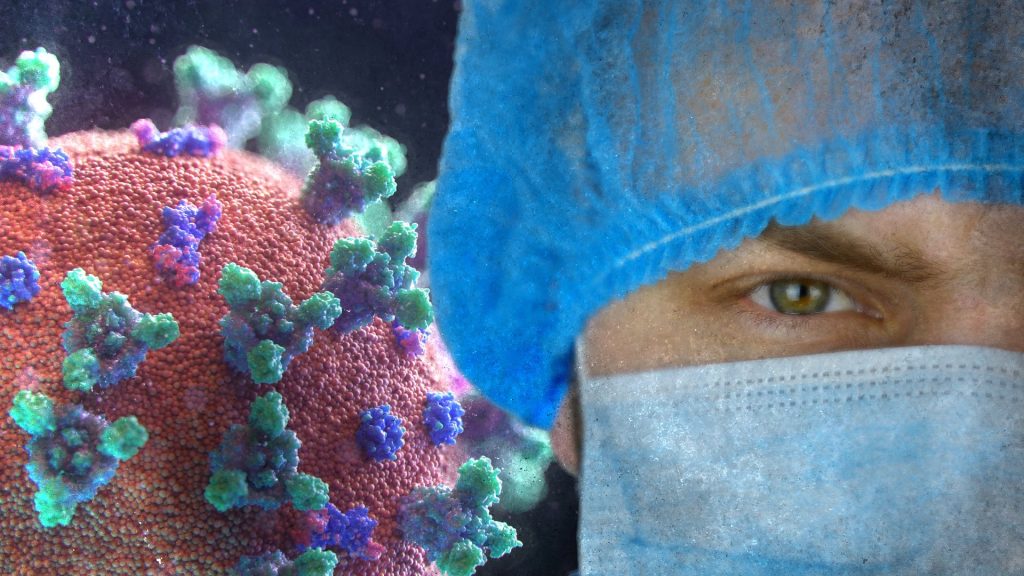How Effective was Masking for SA in Preventing COVID?

COVID restrictions have finally come to an end altogether in South Africa, as Health Minister Joe Phaahla gazetted a number of changes to the rules, as reported by BusinessTech. This means the end of mask use requirements, social gatherings restrictions and COVID border testing. Prof Shabir Madhi was welcoming of the move in a recent tweet, having criticised SA’s lockdowns as overly harsh and economically damaging. Around the world, many had questioned the widespread use of masks, or their use by some subset of the population, such as children – and even questioned locally by a scientist who argued that it didn’t and wouldn’t work in a South African setting, where people are less adherent to regulations.
Professor Salim Abdool Karim likened such a viewpoint to saying Africans with HIV can’t use ARVs because they didn’t have watches to take them at the right time, reminiscent of “a colonial mentality”.
The case for public mask use is well established. Experiments had shown that even simple cloth masks were moderately effective at hindering the transmission of SARS-CoV-2–containing aerosol particle from infected individuals, though they were less effective at protecting a wearer against infection. Predictably, N95 masks and others are better at doing the job than simple cloth face coverings.
There are no real-world studies for South Africa comparing mask use vs non-mask use as mask wearing was compulsory from the early stages of the outbreak. It would have been downright unethical to ask people to not wear masks, although some people may have had exemptions due to medical conditions or other important reasons. There is a country with good COVID surveillance and a distinct division in mask wearing – the United States. Implementation of mask mandates in the US was down to local authorities, which provides a basis for comparison.
One US study, published in Health Affairs, found that, compared to nonmasking counties, masking counties saw a daily case incidence decline by 25% at four weeks, 35% at six weeks after introduction of masking mandates. The reductions were strongest in Republican-leaning counties, which is notable since Republican voters were less in favour of lockdowns and mask mandates.
Another study found a 16.9% drop in cases four weeks after counties introduced masking mandates. Real-world data also show mask use was effective in preventing infection. A case-and-control study done in California by the CDC showed a 29% drop for surgical mask/respirator use “some of the time” and a 56% drop for “all of the time”.
While a direct comparison between a wealthy country like the US and South Africa as a middle-income country is impossible, it is easy to believe that masking mandates reduced cases by a significant percentage, perhaps saving tens of thousands of lives especially against the country’s possible true COVID death toll of 300 000.





